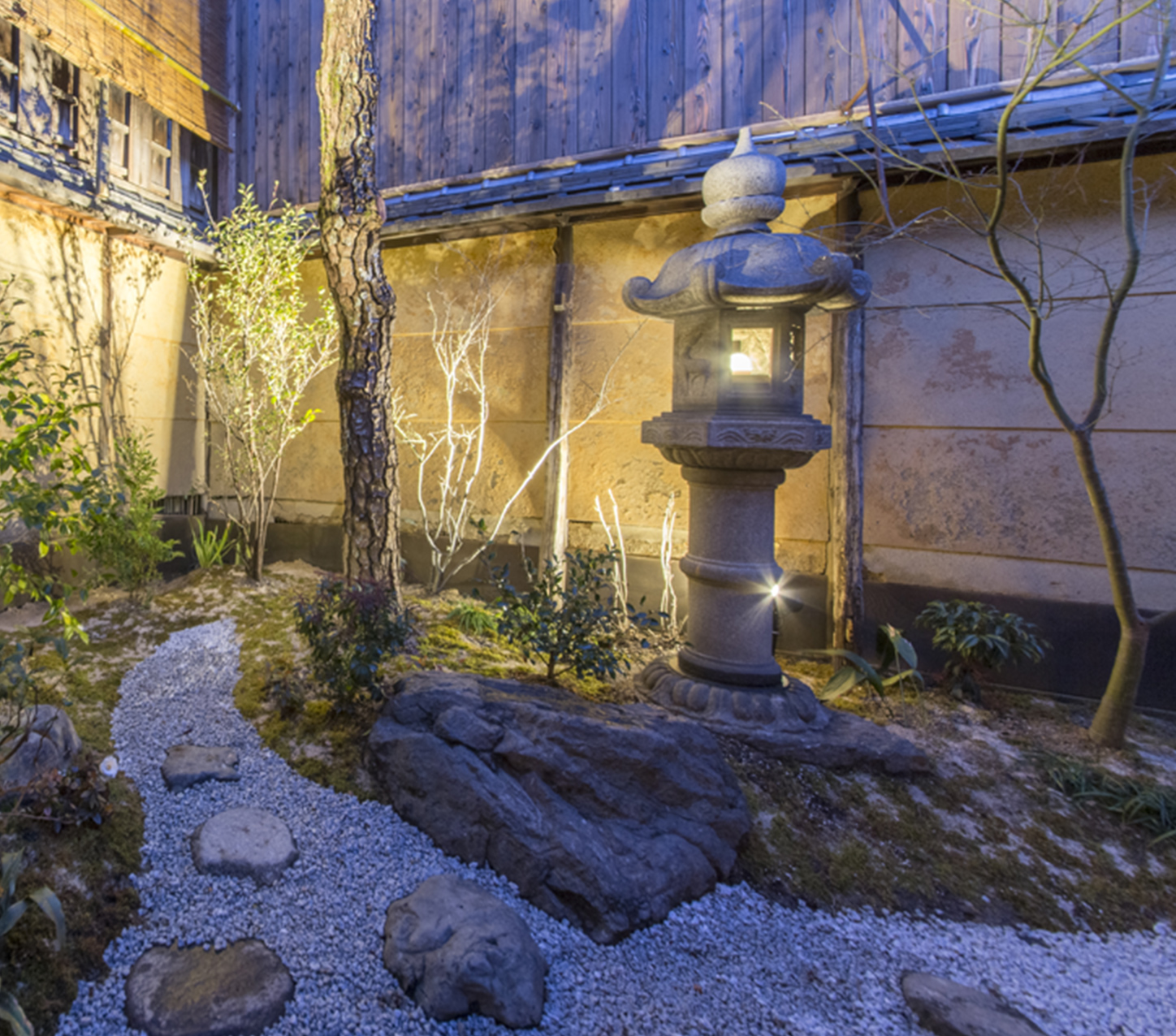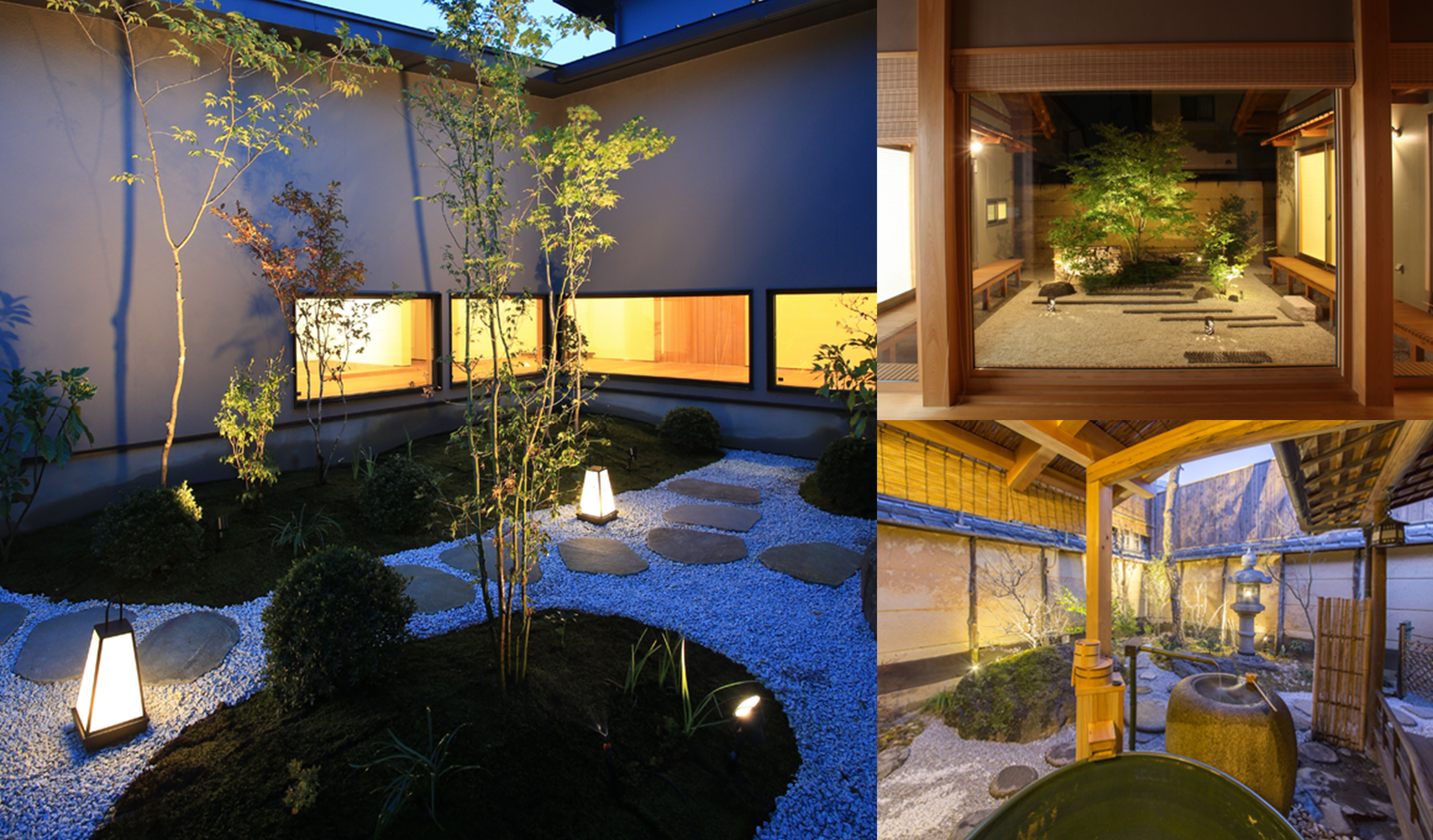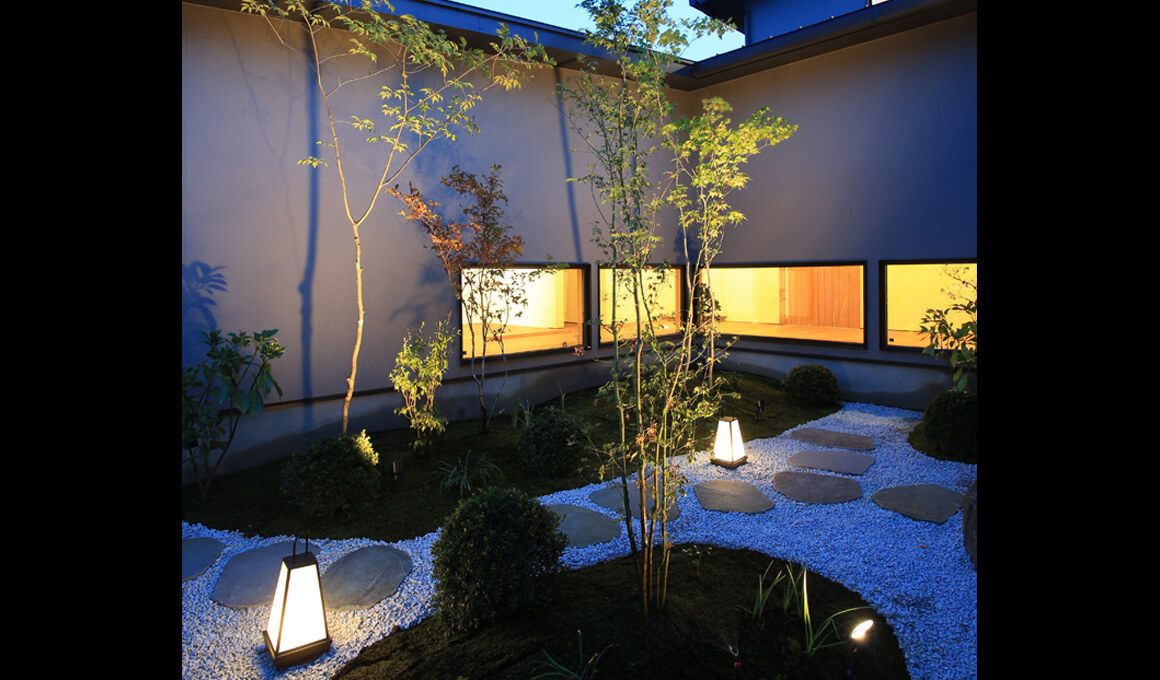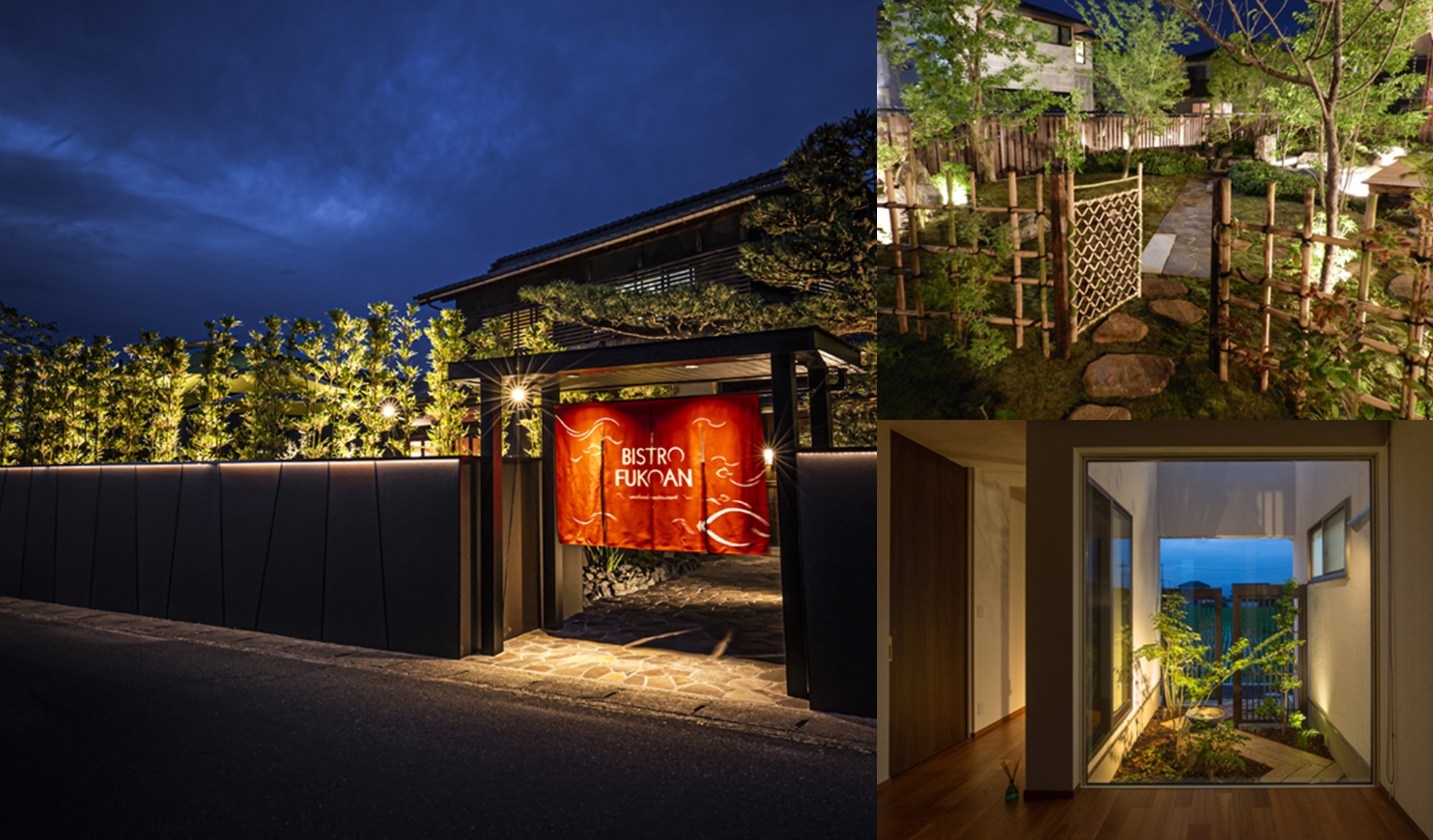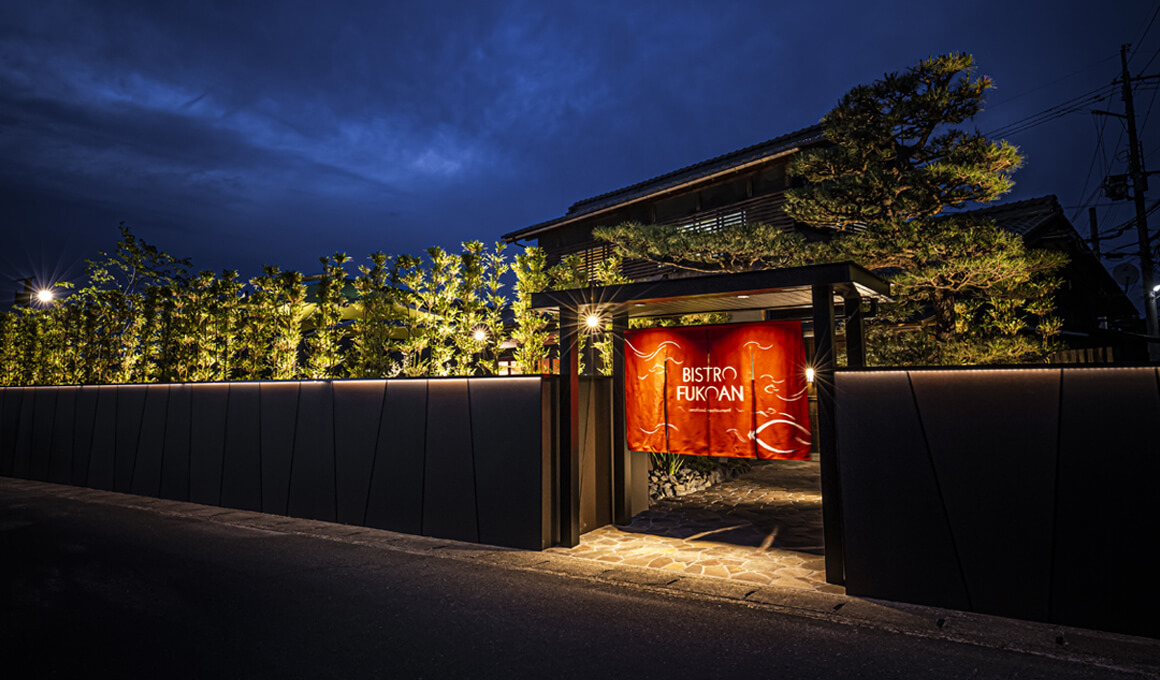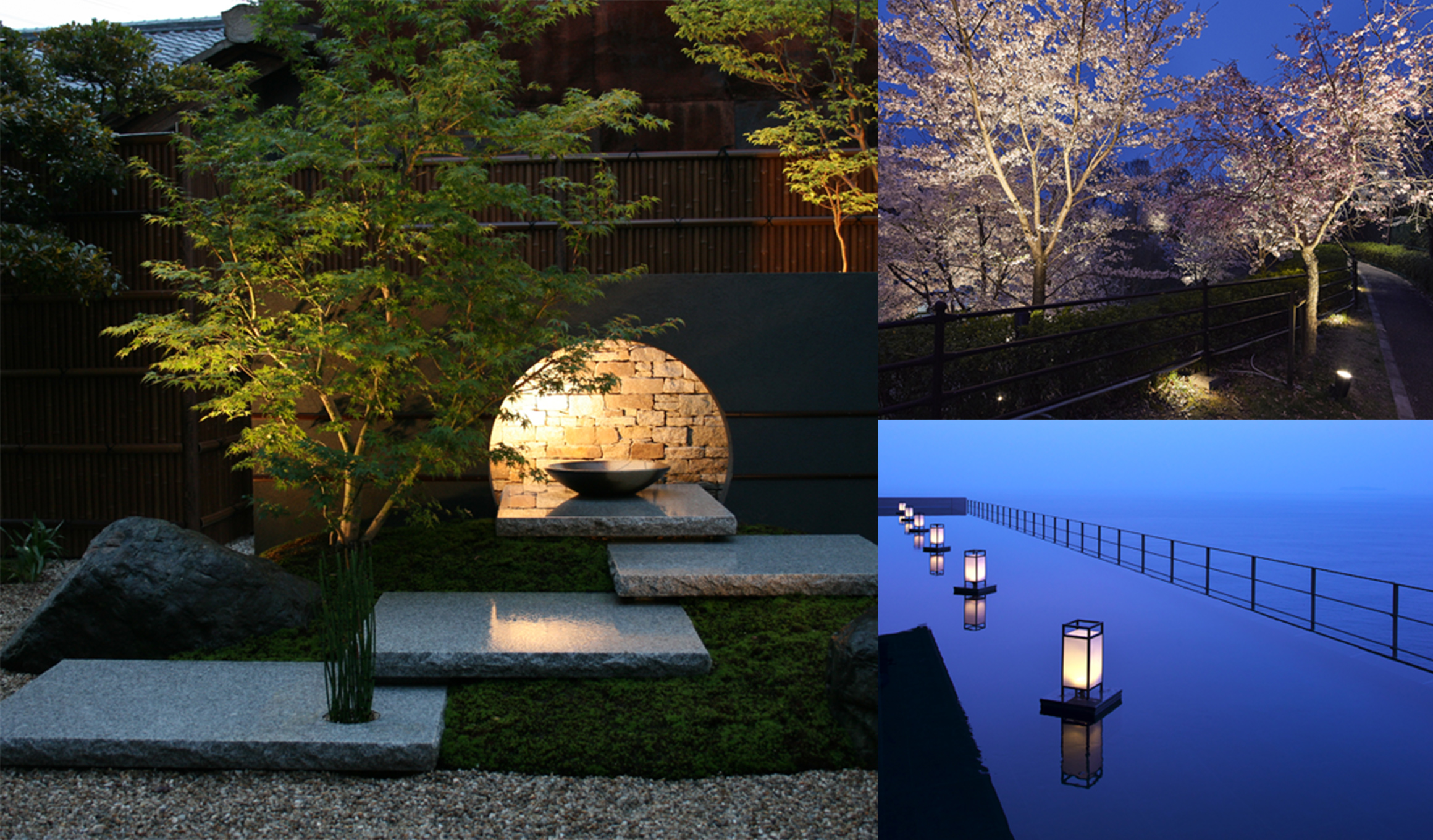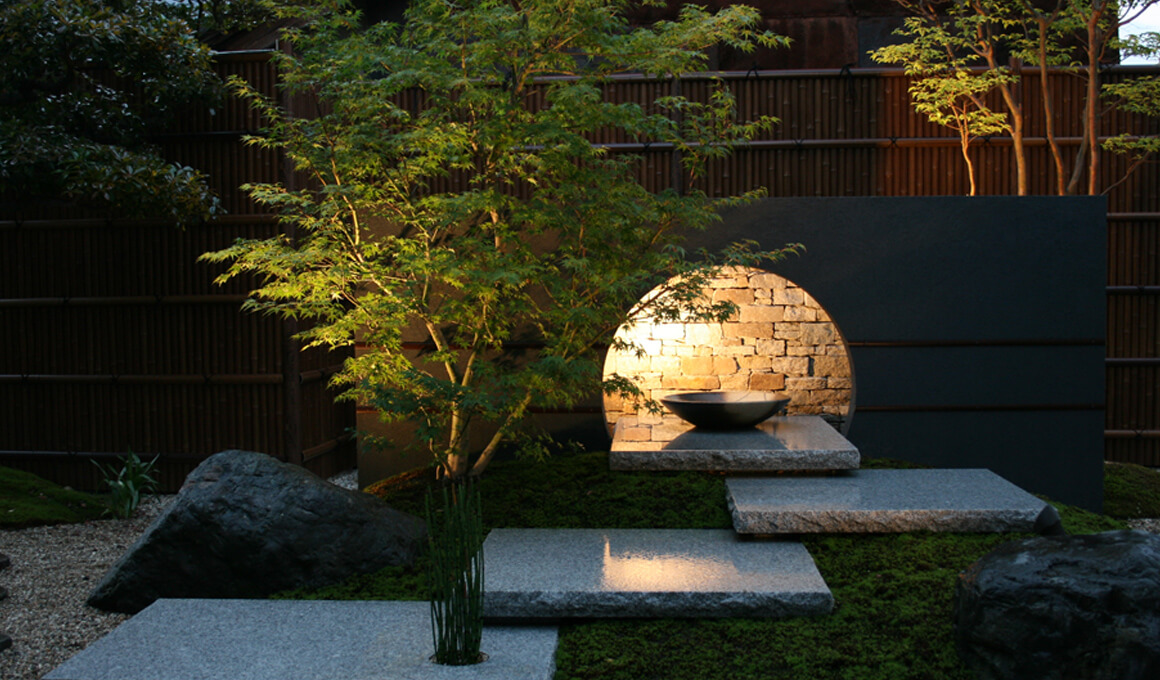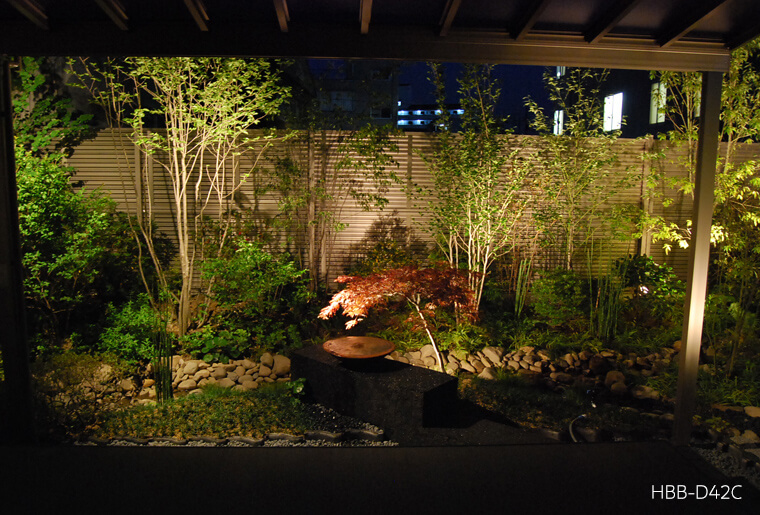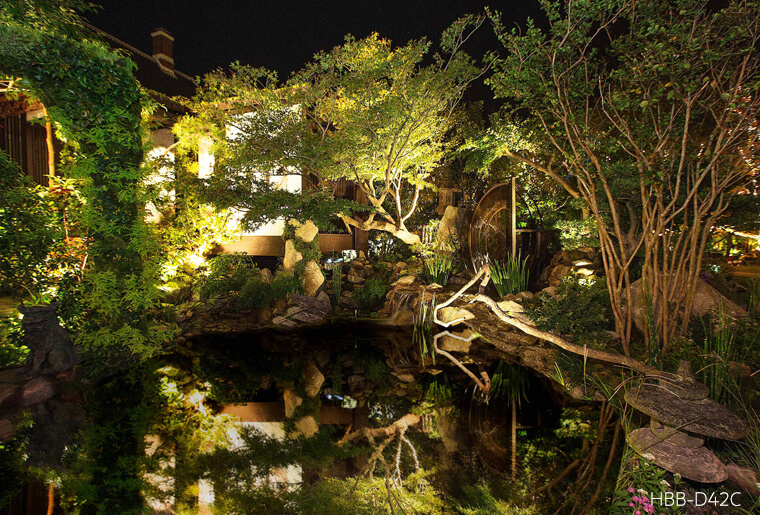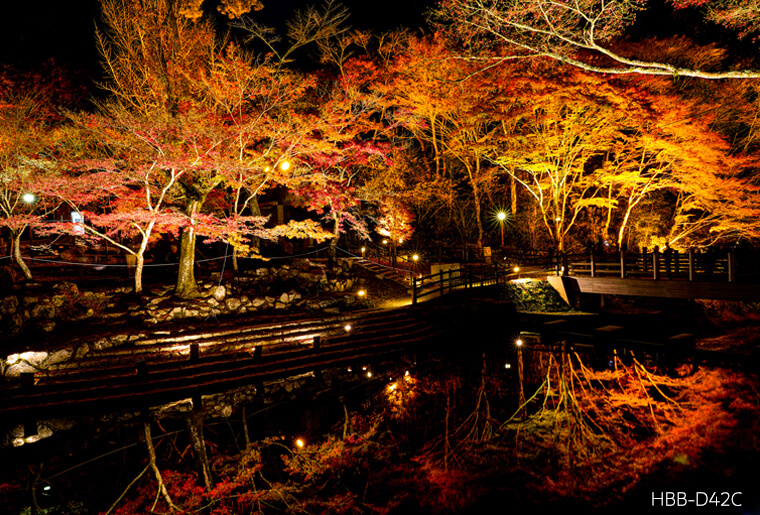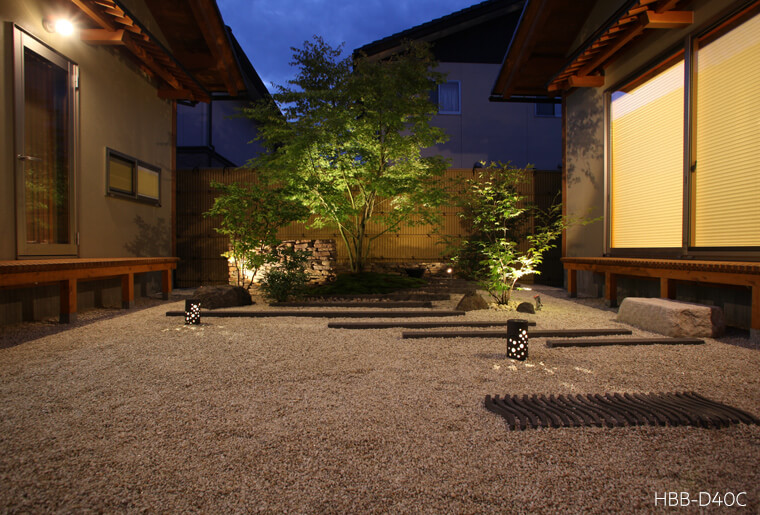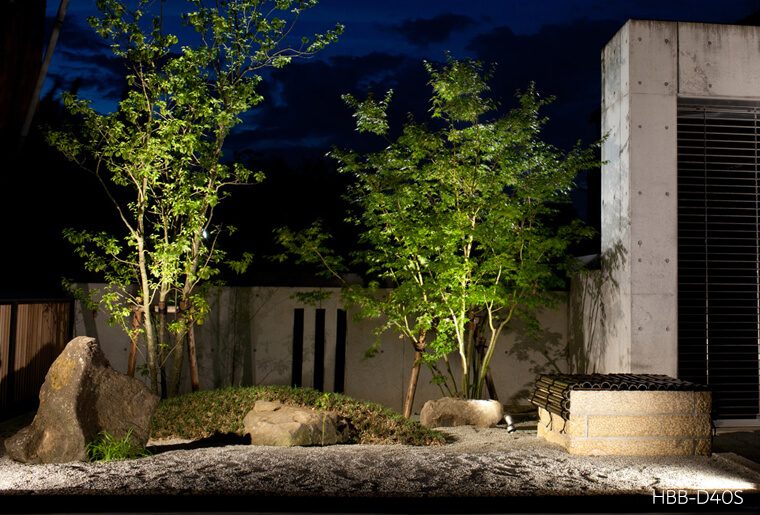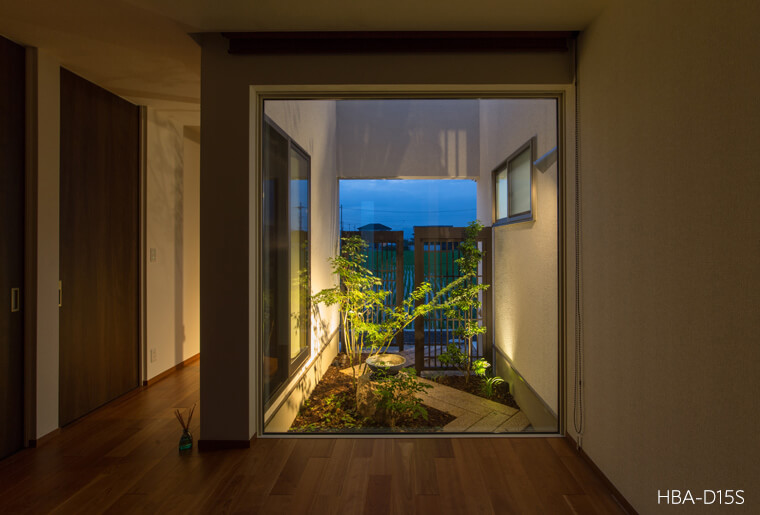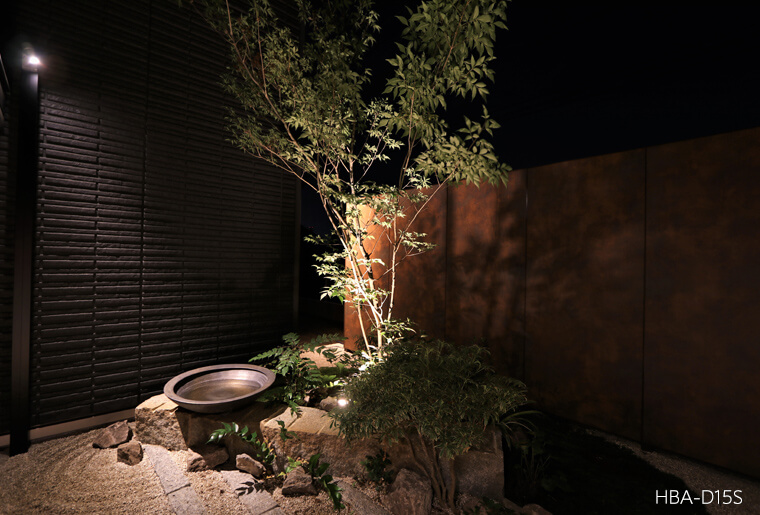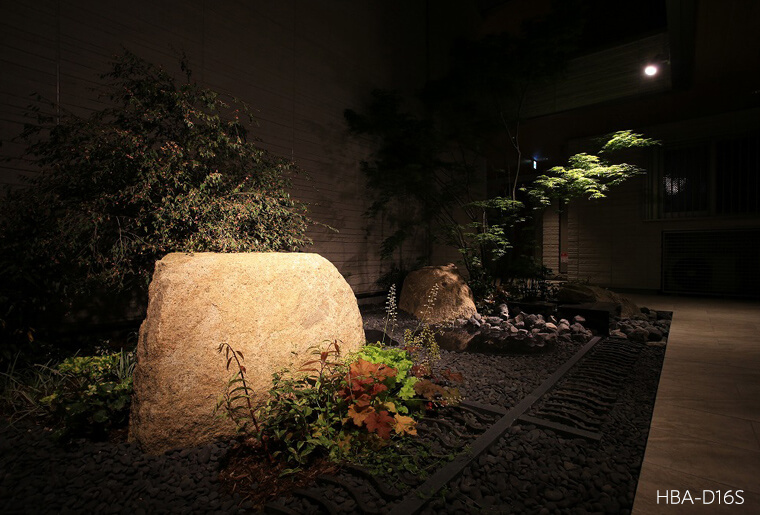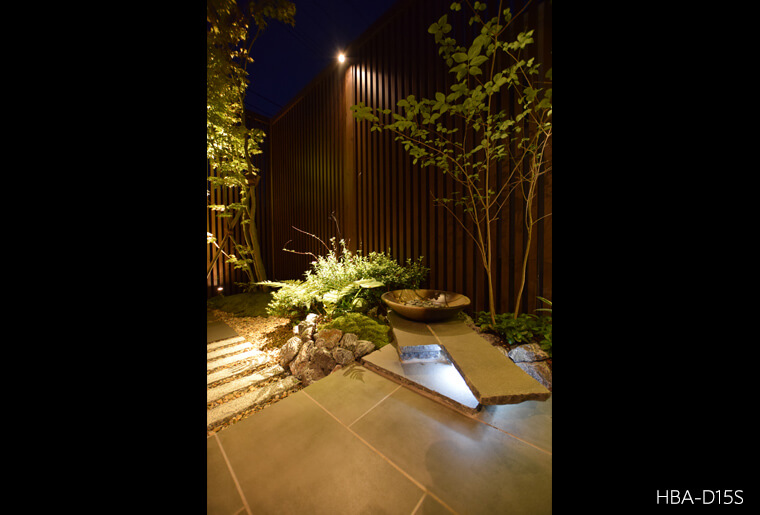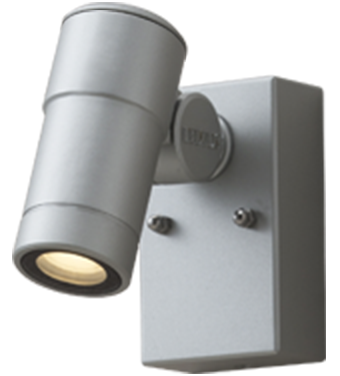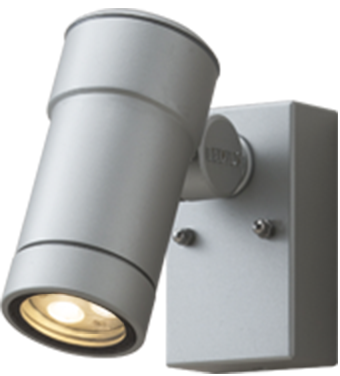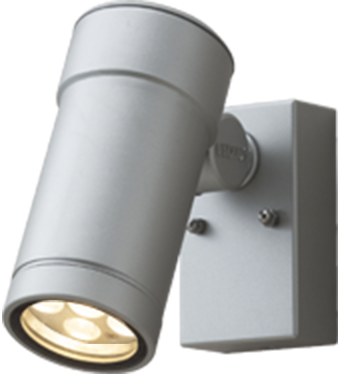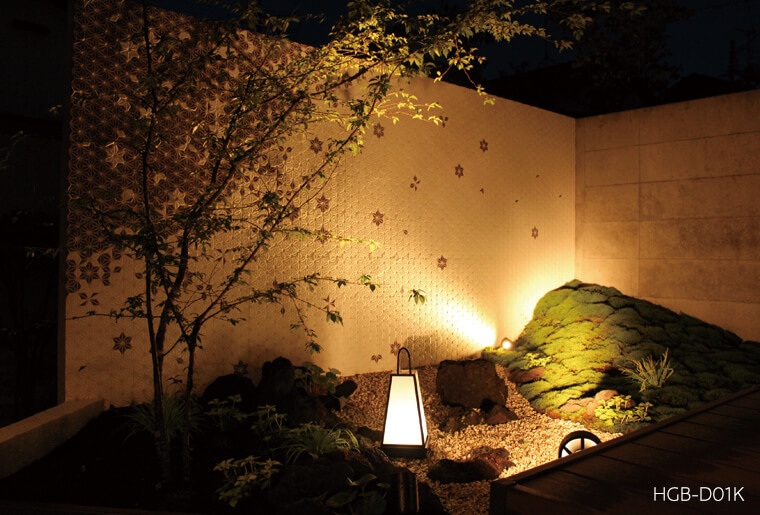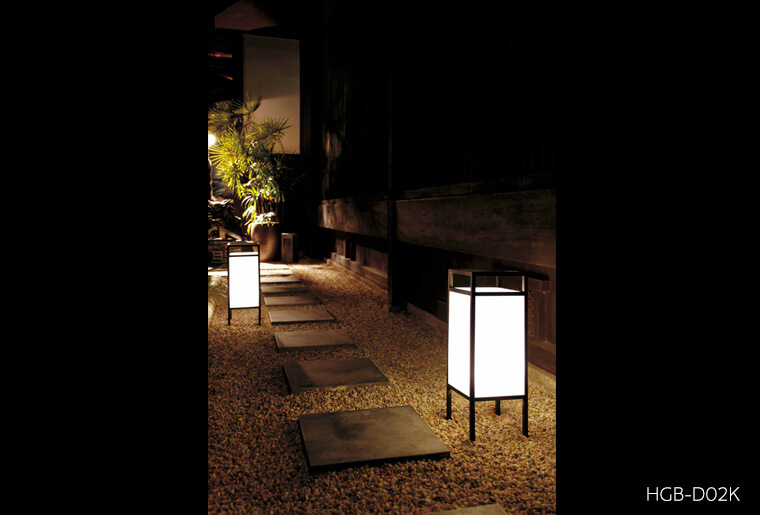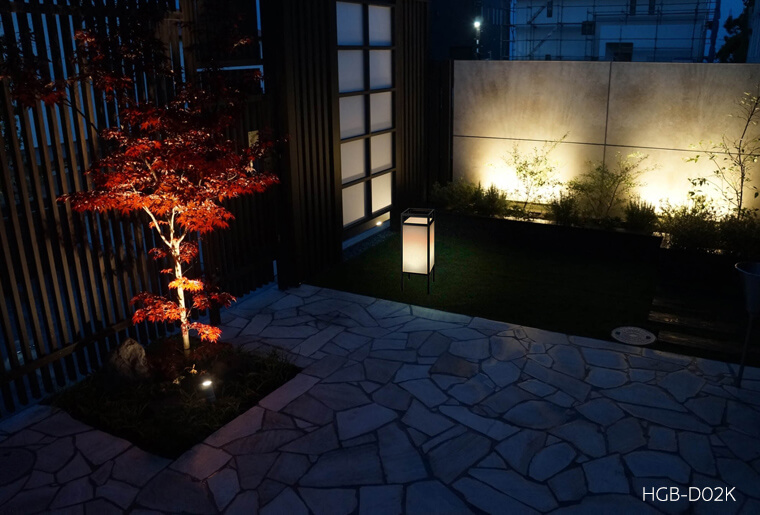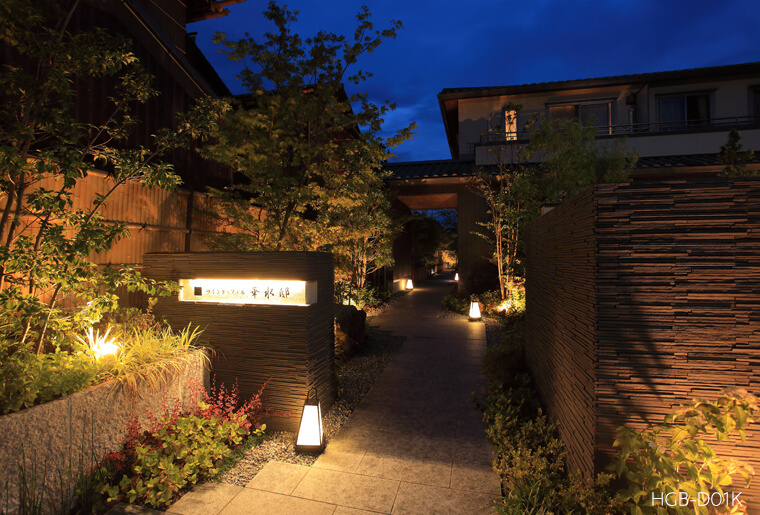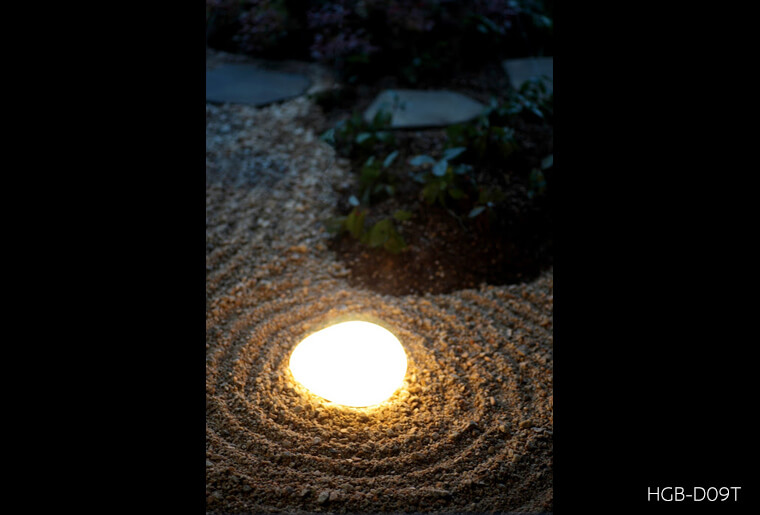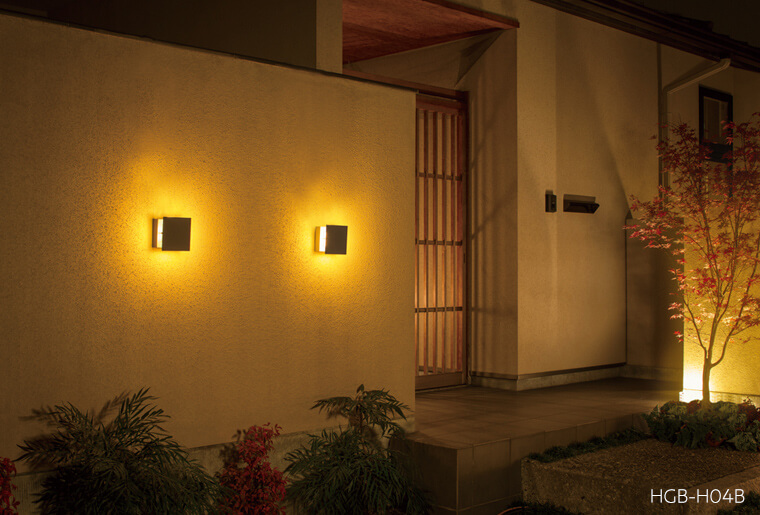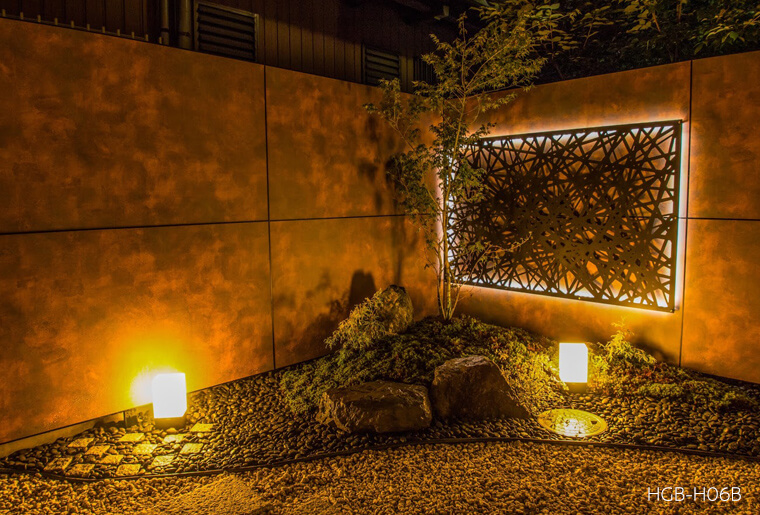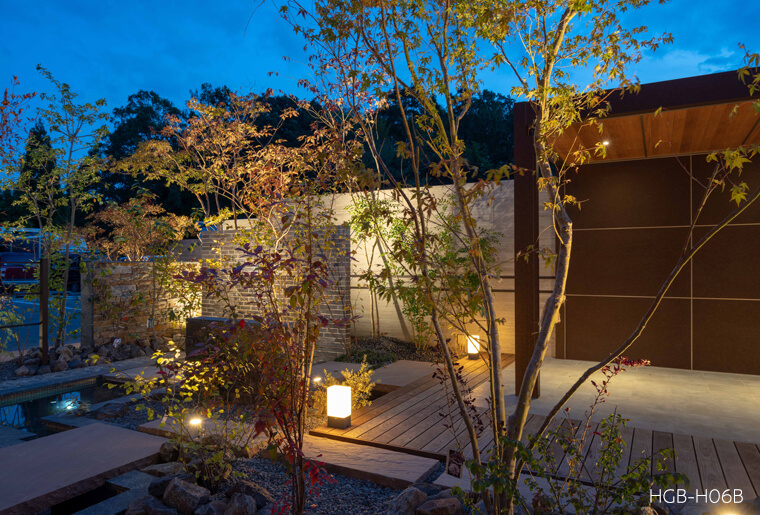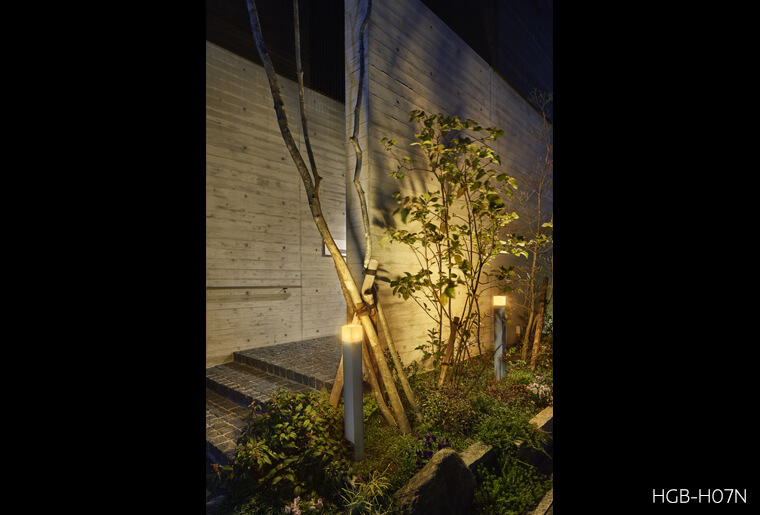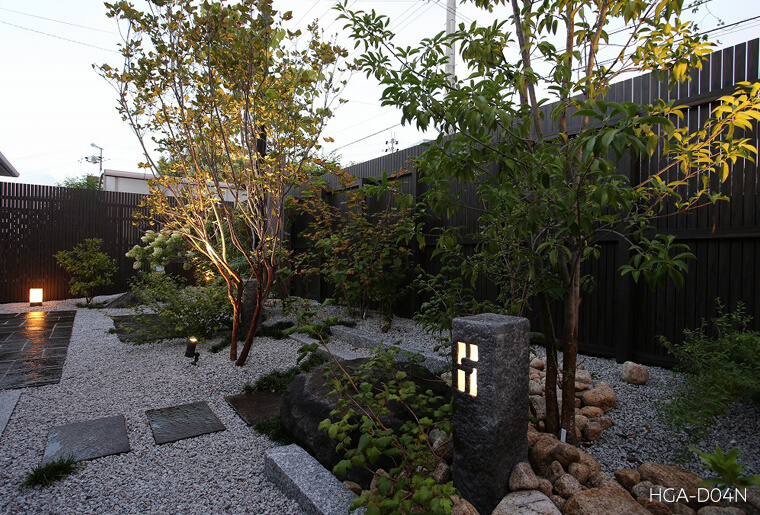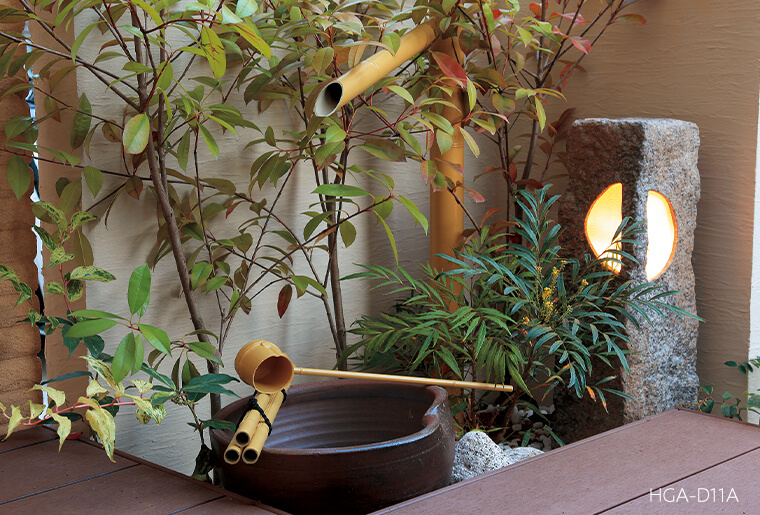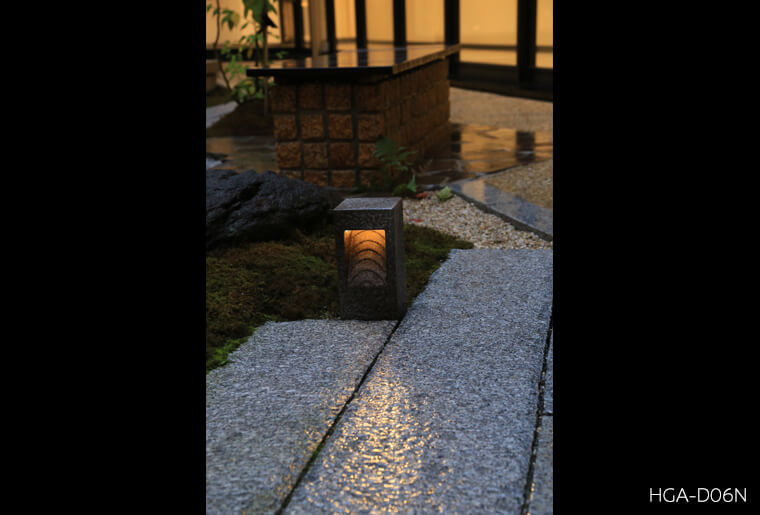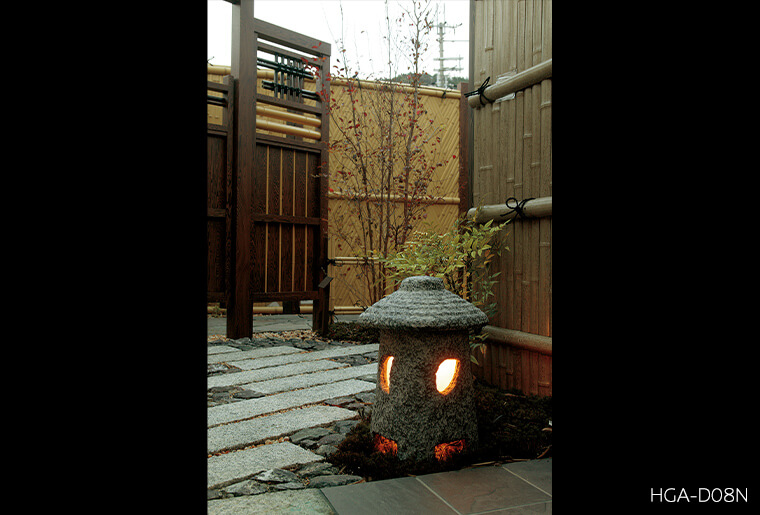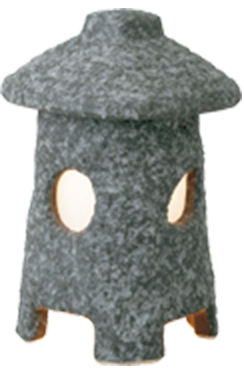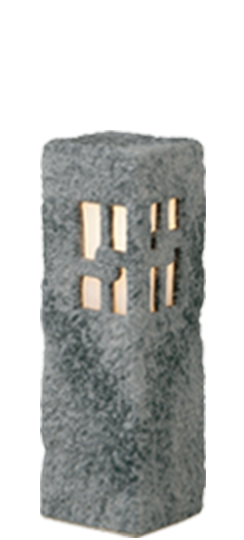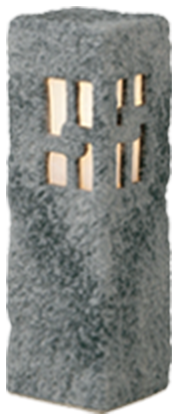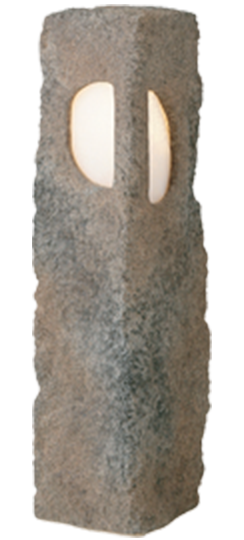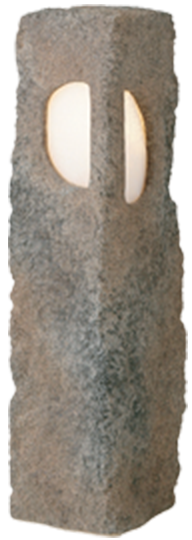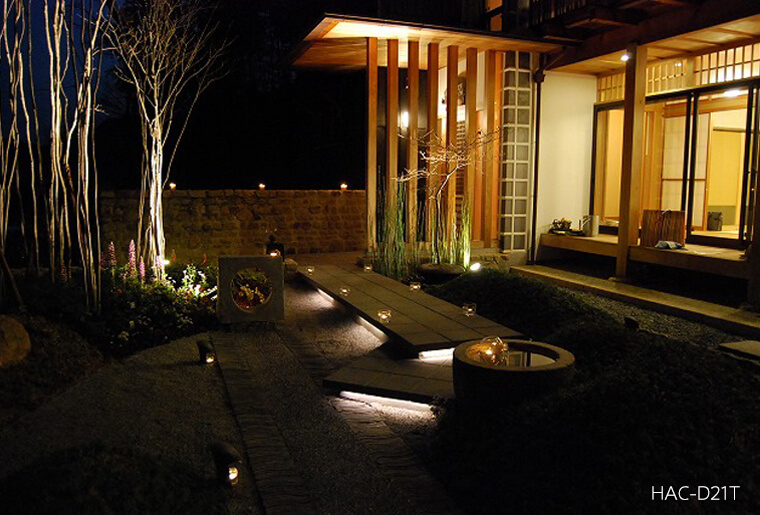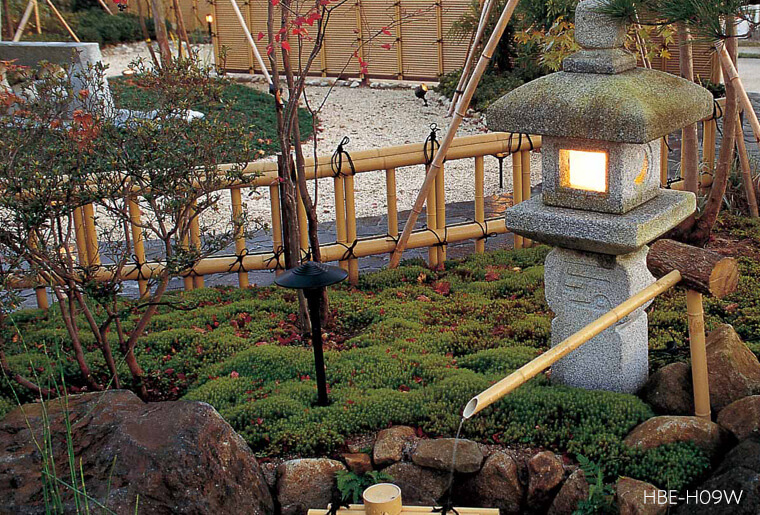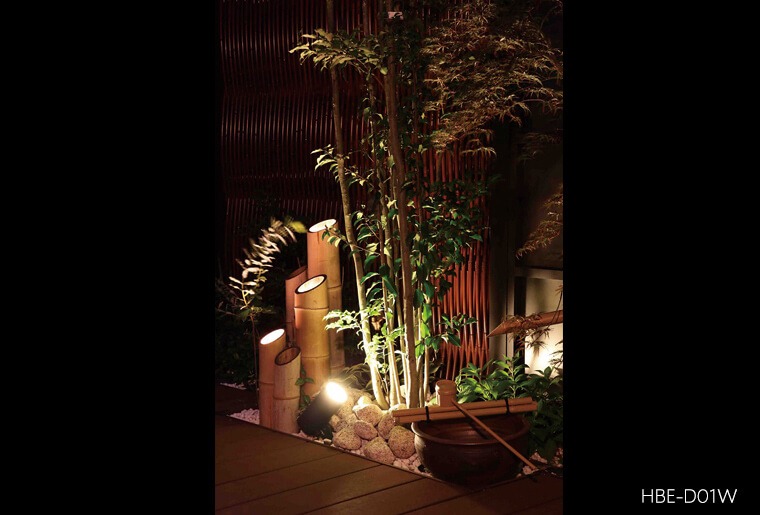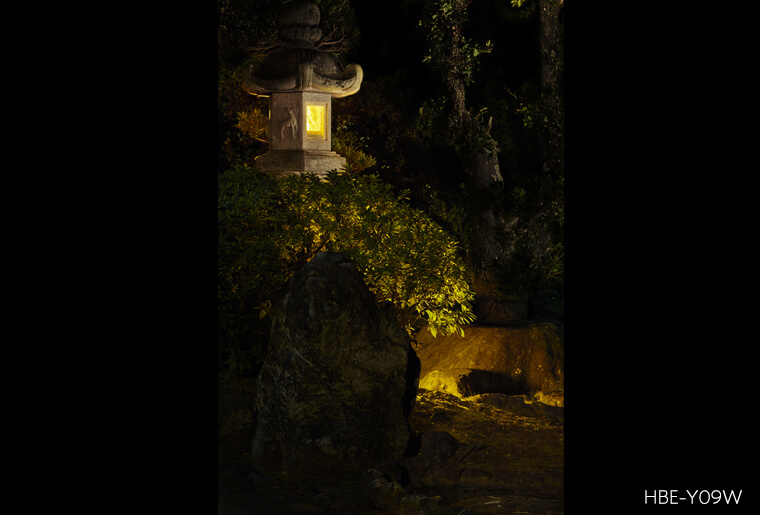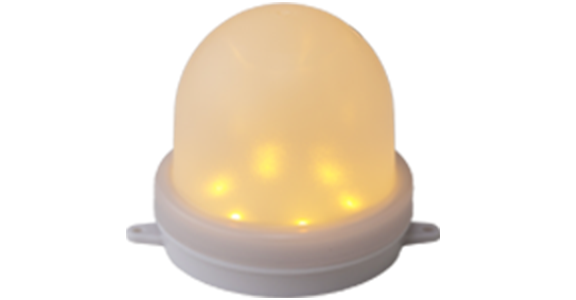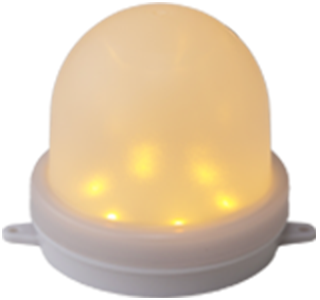JAPANESE LIGHTING
“Japanese lighting” derived from Japanese tradition and culture.
There are methods to make nature beautiful and to enjoy the light that emerges in the
darkness.
Why don’t you experience the higher-grade “Japanese lighting” by using them?
Japanese-style Lighting
In order to beautifully light a Japanese-style space, hints are hidden in the characteristics of Japanese history.In the West, windows are installed at high positions in stone buildings, and gas lights are used to obtain brightness from a high position, whereas in Japan, sunlight is passed through shoji screens during the day and fire is surrounded by Japanese paper at night to get the brightnessDue to this history, will introduce three characteristics of light that suit Japanese style.
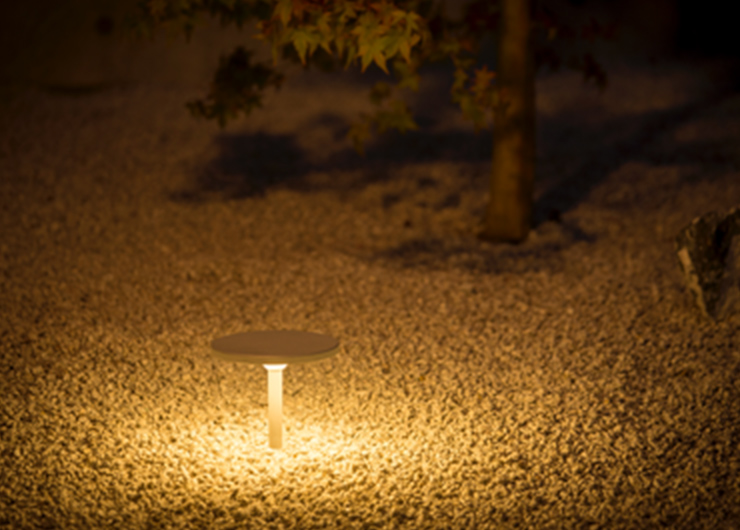
Do not create
shadows clearly,
but create a gradation
of shadows.
In Japan, there is the word In Praise of Shadows.
This is a word that represents the sense of beauty in Japan, and the idea is that
shadows have beauty, rather than illuminating everything brightly.
As you can see in the lanterns and the light through the shoji screen, you can create
a gentle gradation of light and darkness and avoid clear shadows to create a
production that suits the Japanese space.
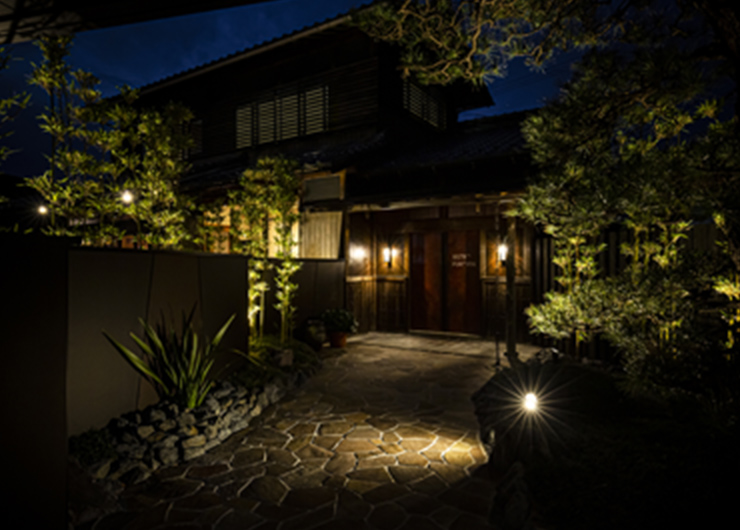
3 low light
By making 3 lows with Japanese style lighting, can create a calm space.
“Low position” → Brightness is collected at a low position, and the center of gravity of light
is set at a low position.
“Low brightness” → Suppresses the glare of appearance
“Low color temperature” → Illuminates the color of the light with a reddish light with a low
Kelvin value.
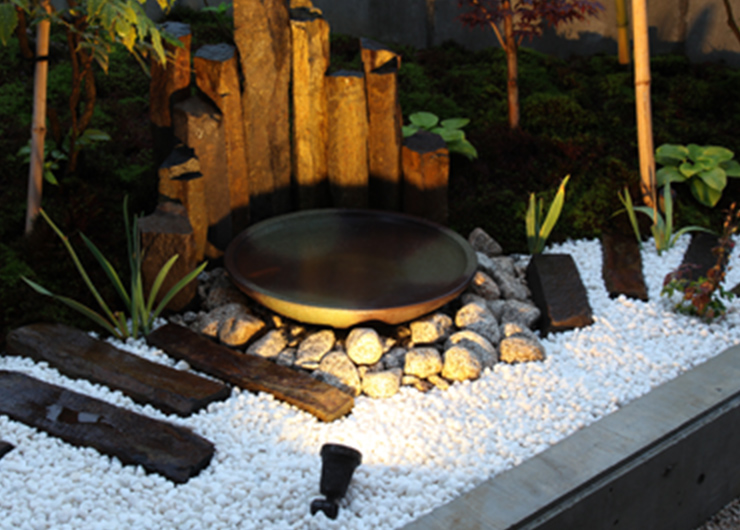
Emphasize Japanese materials
There are various materials and items that enhance the taste of Japanese in the
“Japanese garden”.
Typical examples are lanterns, gravel, gutter, water bowls, and bamboo fences.
When planning the lighting, what will be illuminate will be the focal point, so let’s
illuminate the Japanese items and materials to create a Japanese taste.
LINE UP
 Illuminate nature
Illuminate nature
Japan has a natural environment to enjoy natural modeling. The secret of Japanese-style lighting is to find and illuminate the protagonist in nature. By selecting trees, ponds, and gravel as targets and lighting them with a Japanese-style feel, you can lead to a Japanese space at once.
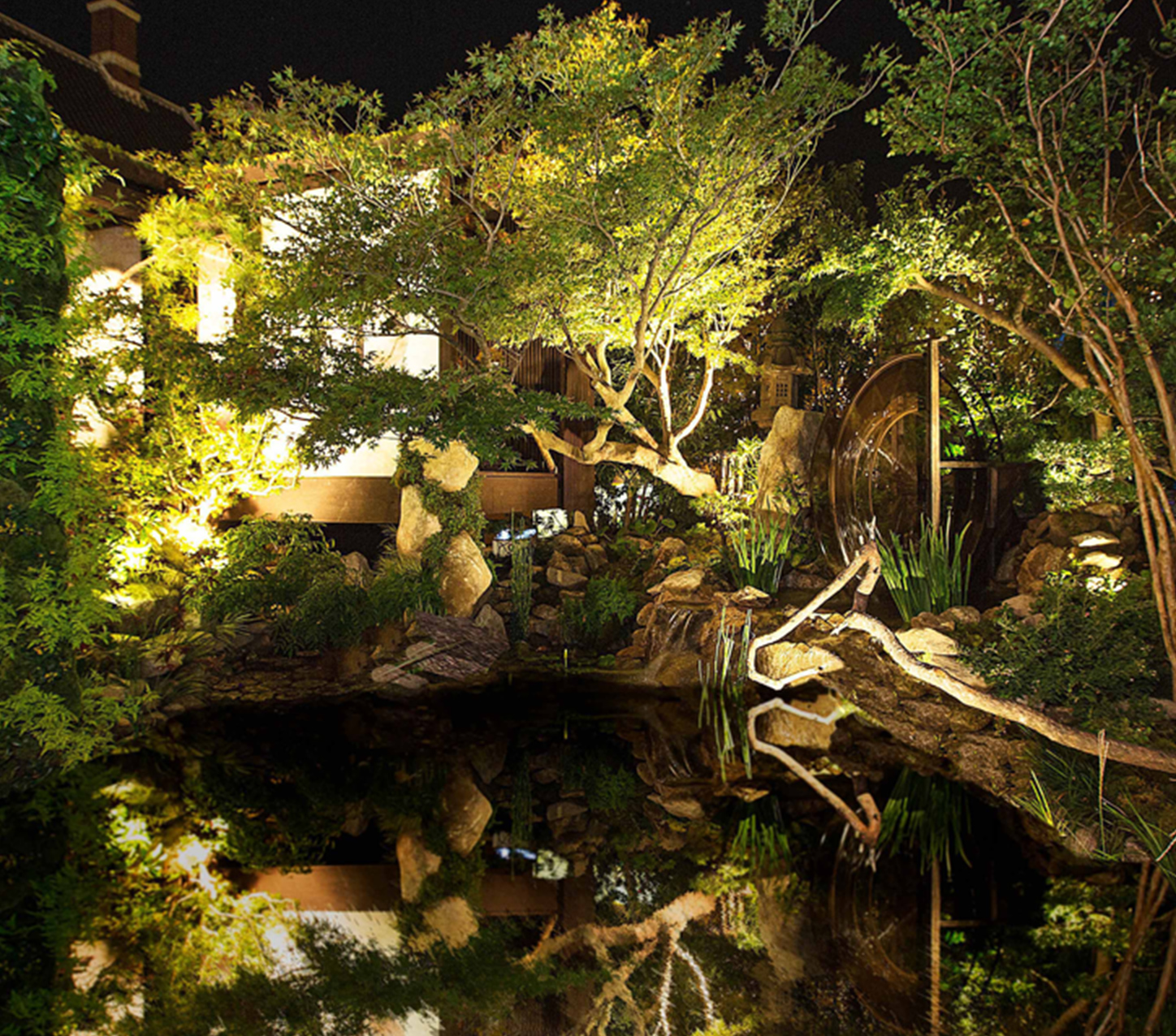
Garden Up Light
- Recommended
-
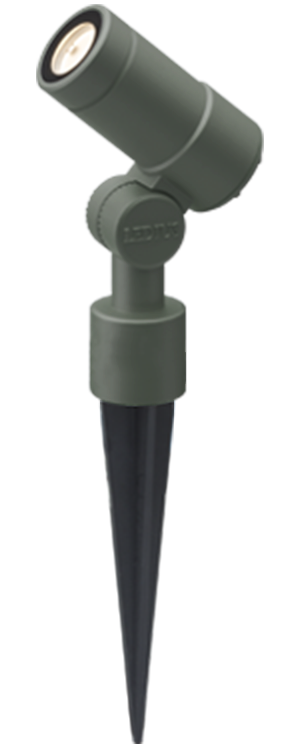 HBB-D37C
HBB-D37C
2.9w,IP65,250lm
12V/24VProduct Details
-
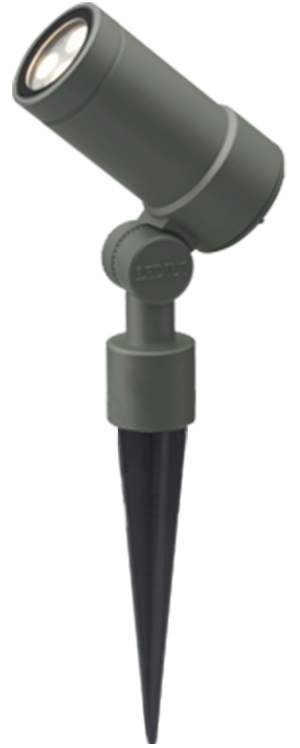 HBB-D39C
HBB-D39C
6.1w,IP65,560lm
12V/24VProduct Details
-
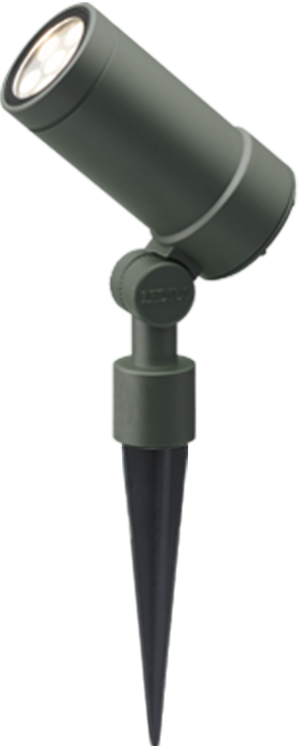 HBB-D41C
HBB-D41C
12w,IP65,1050lm
12V/24VProduct Details
Wall Spot Light
 Decorate with
Decorate with
Japanese lighting
In Japan, there are traditional
lighting such as Gyoto or lanterns.
By using a light that expresses it as
modern light, it can be transformed
into a Japanese space.
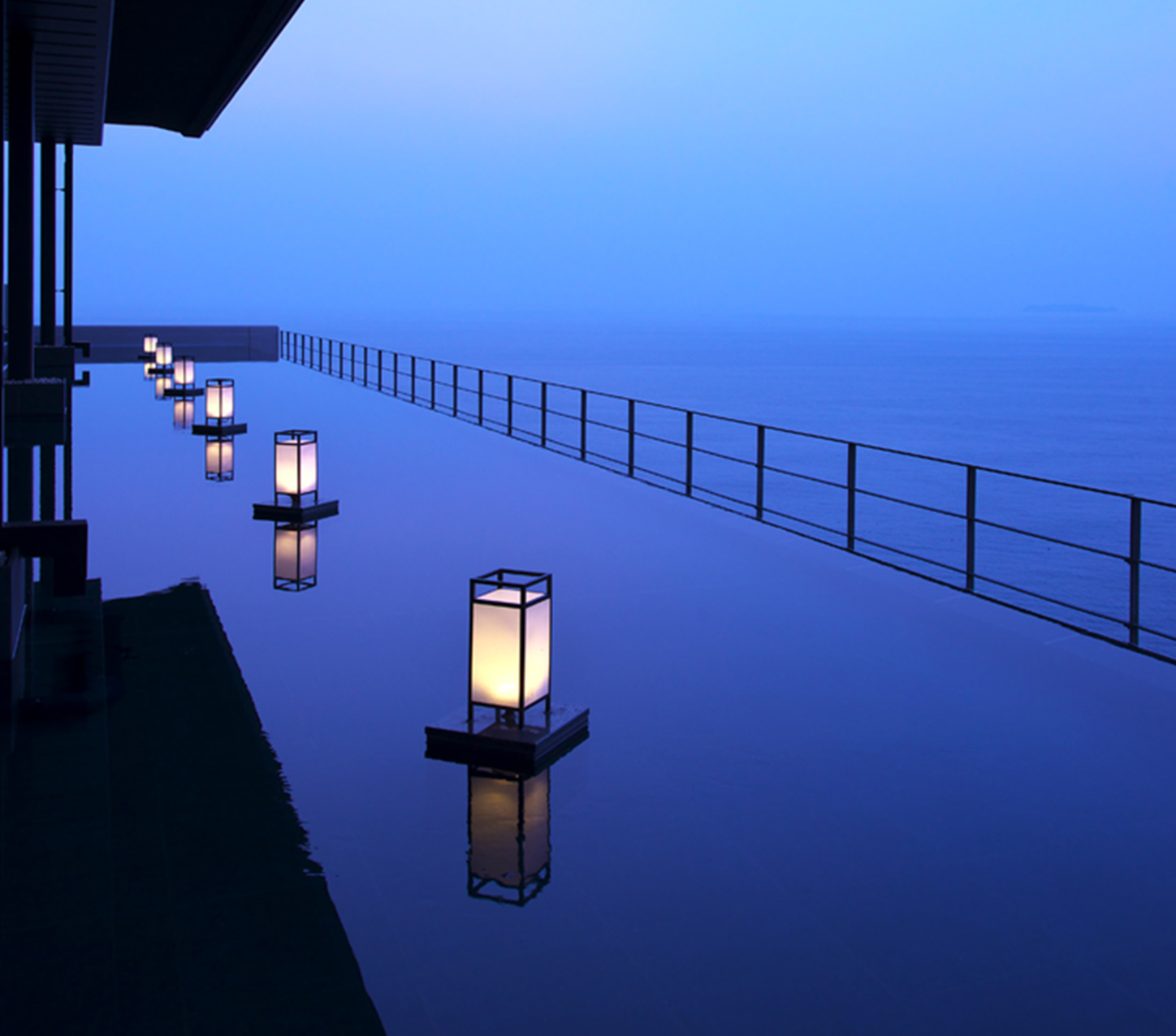
Lantern Light (classic type)
- Recommended
-
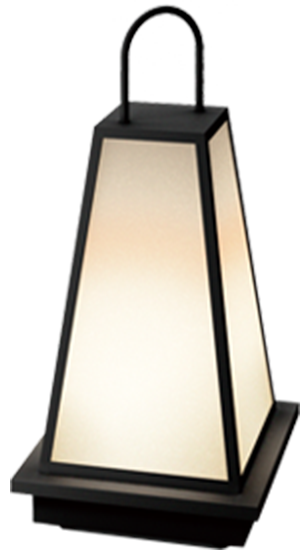
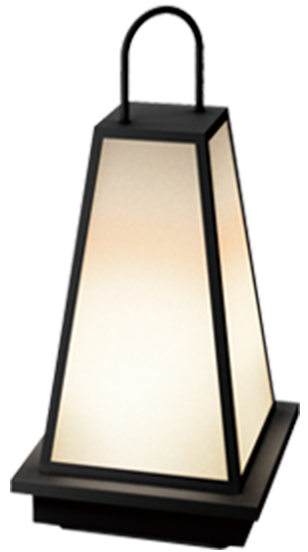 HGB-D01K
HGB-D01K
1.8w,IPX4
12VProduct Details
-
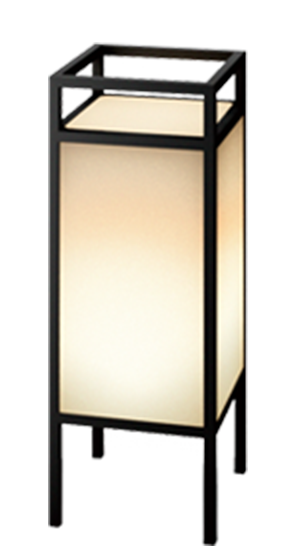
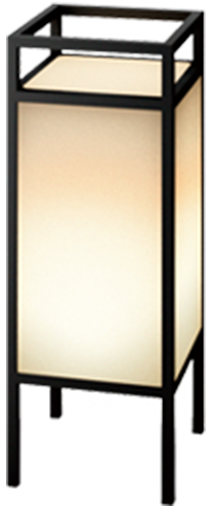 HGB-D02K
HGB-D02K
1.8w,IPX4
12VProduct Details
-

 HGB-D09T
HGB-D09T
2.6w,IPX3,120lm
12V/24VProduct Details
Lantern Light (modern type)
- Recommended
-

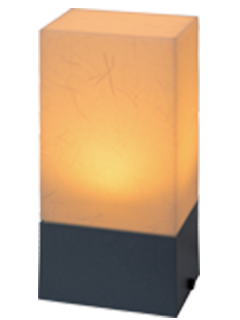 HGB-H06B
HGB-H06B
2.5w,IPX4,165lm
12V/24VProduct Details
-
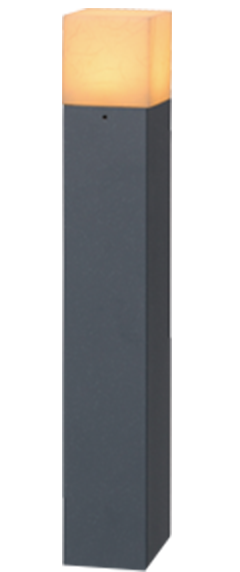
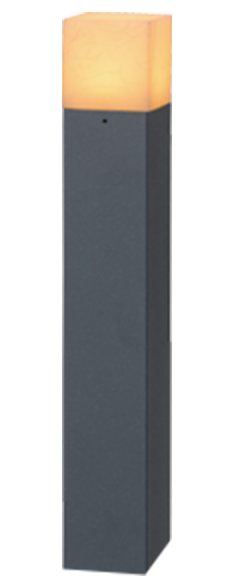 HGB-H08B
HGB-H08B
2.5w,IPX3,149lm
12V/24VProduct Details
-

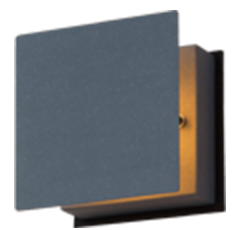 HGB-H04B
HGB-H04B
2.5w,IPX4,91lm
12V/24VProduct Details
Pottery Light
 Add lighting
Add lighting
Japanese lighting that has evolved
in the dark.
Not just looking for brightness, also
loves the light that emerges in the
darkness.
By using indirect light, can enjoy
the shadows that emerge while
suppressing the light.
